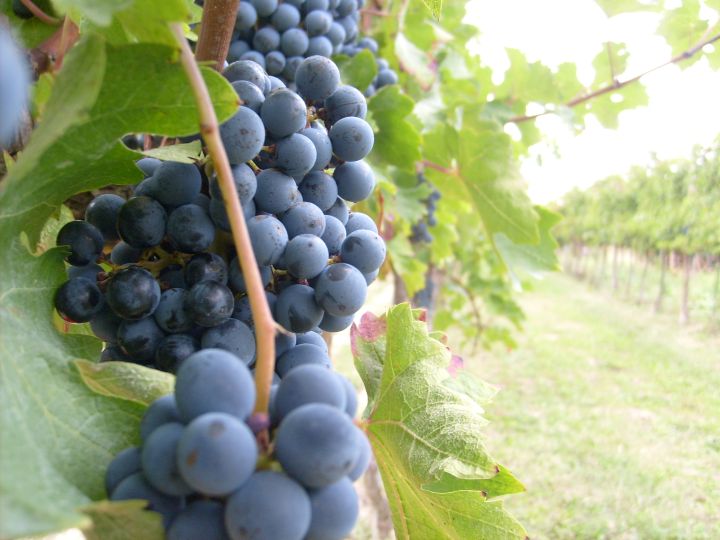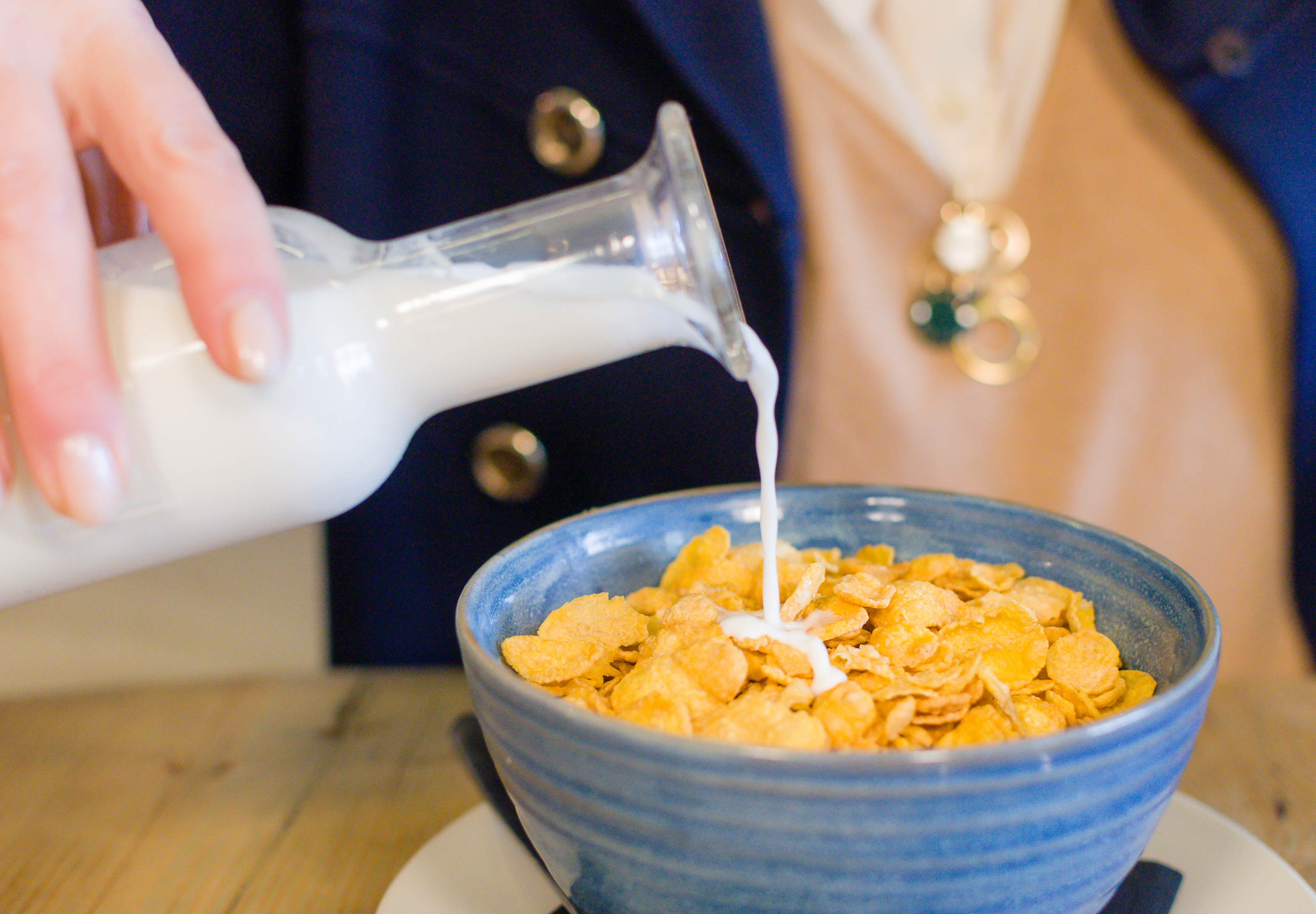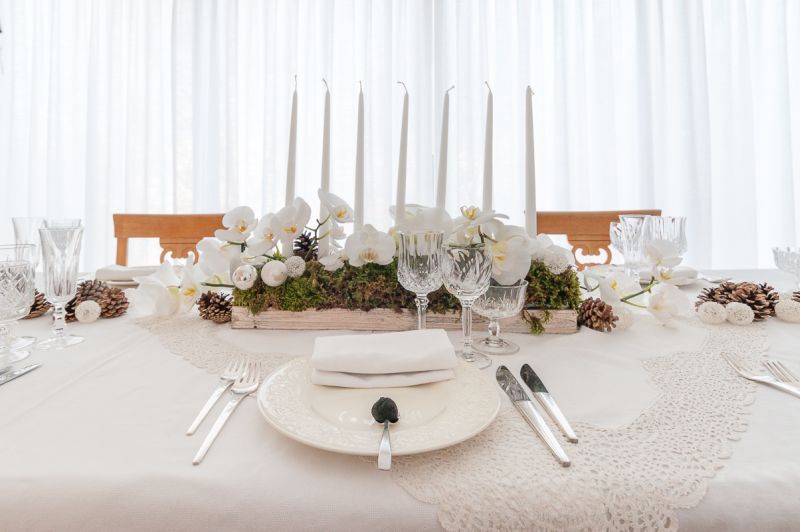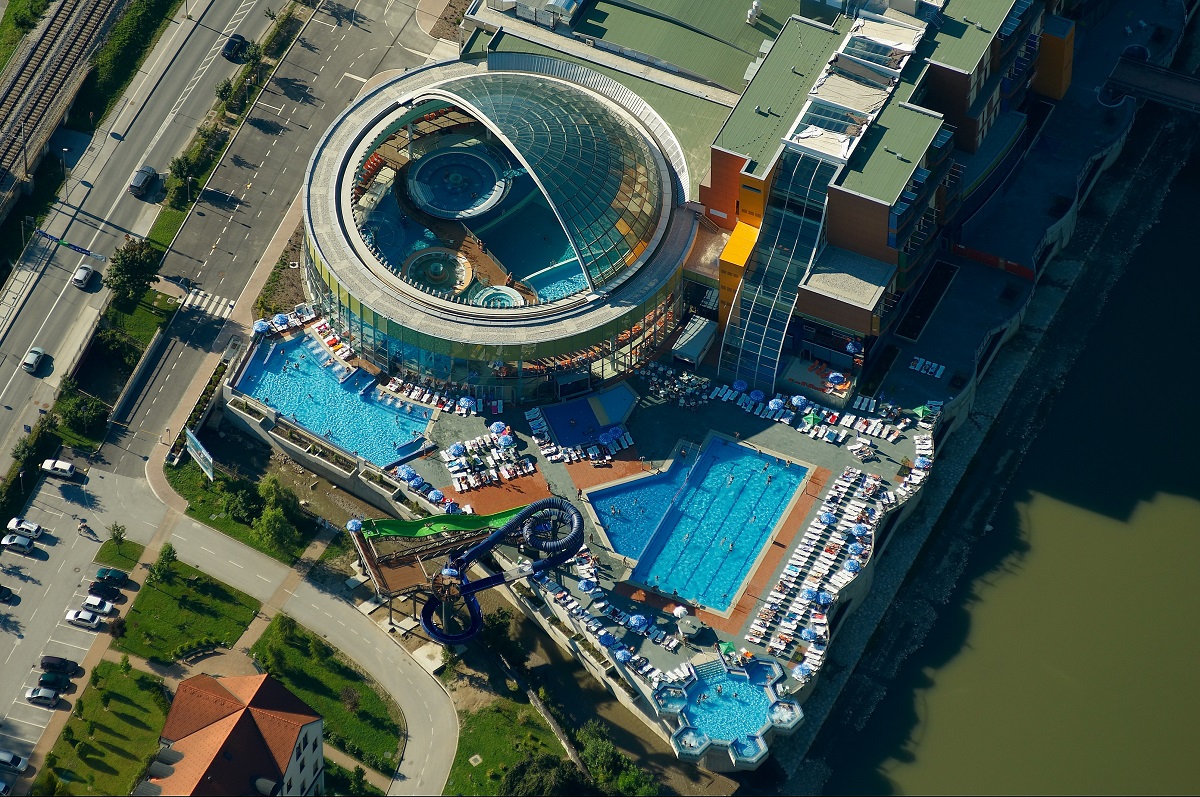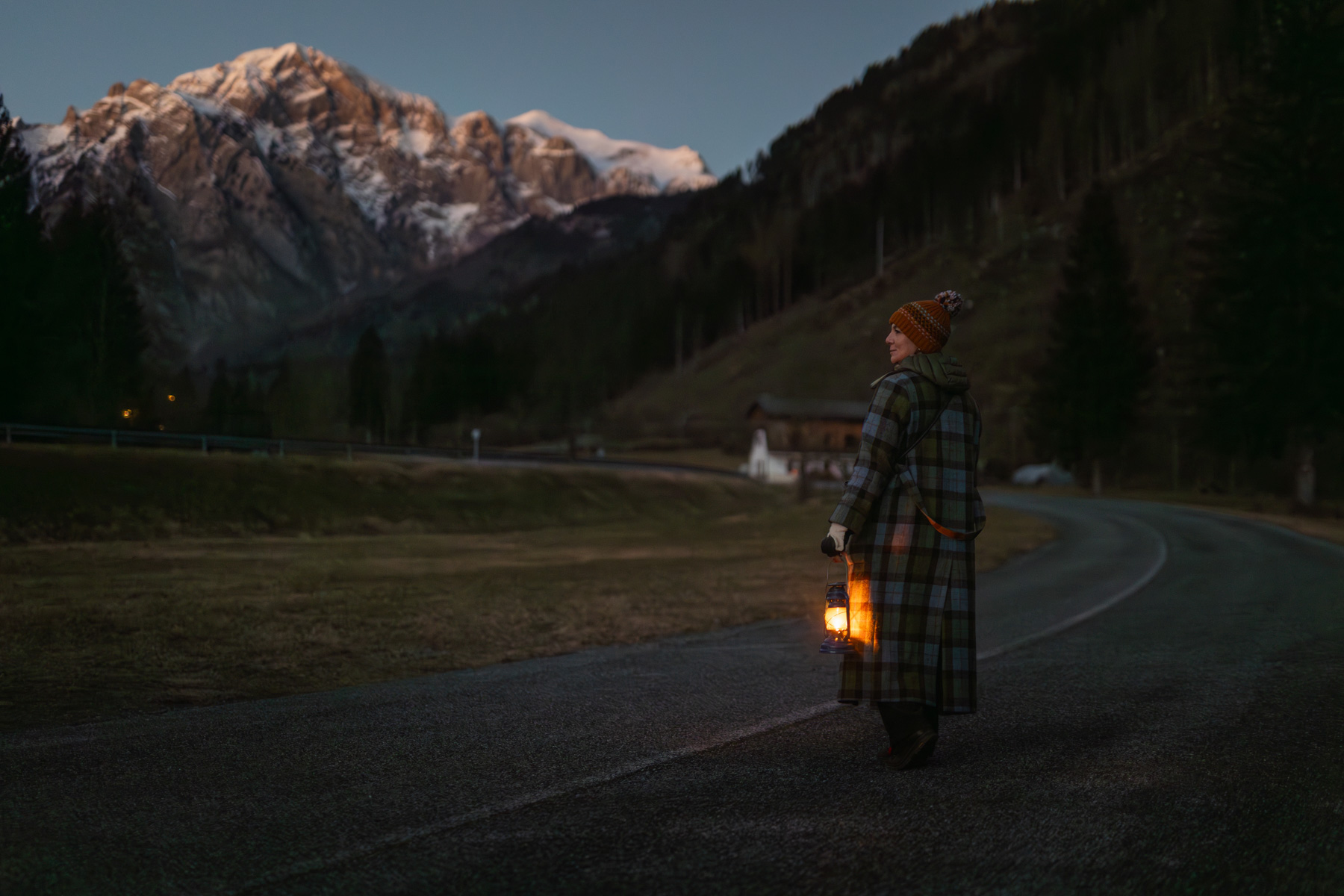The Josko vineyards are near Dutovlje (Duttogliano), just round the corner from the beautiful church of San Giorgio, on typical red earth, that gives the vineyard some unique characteristics.
The most popular grapes are malvasia and terrano, but there’s also quite a lot of vitovska and international grapevines like chardonnay, sauvignon, merlot e cabernet franc.
As you listen to the producer talking about his wines you can almost feel the passion he has for this land, in fact he takes the upmost care of his grapevines, and has great respect for the plants and for the environment, and even in his cellar he follows his idea of “natural wines”: without the addition of yeasts and without filtration processes.
I tried four of his wines.
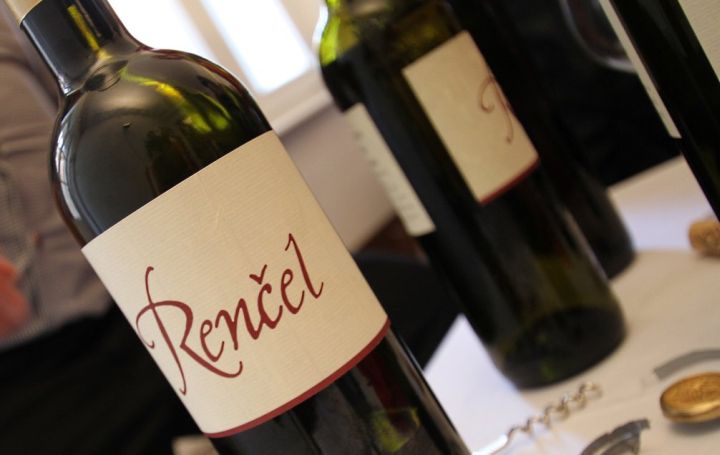
As you listen to the producer talking about his wines you can almost feel the passion he has for this land, in fact he takes the upmost care of his grapevines, and has great respect for the plants and for the environment, and even in his cellar he follows his idea of “natural wines”: without the addition of yeasts and without filtration processes.
I tried four of his wines.
Vitovska & Malvasia 2011, both have undergone the same technique of wine-making and aging: a month of maceration with the grape skins and two years in small barrels and are then refined in the bottle.
The Vitovska is a nice antique gold colour, with taints of mature tropical fruit flavour and honey. Complex notes of dehydrated fruit and peanuts. A nice tight, fresh and rich flavour, with a long lasting taste.
The Malvasia is also a lovely golden colour, a lovely elegant scent with notes of apricot, apple and bees wax, all wrapped up by an unexpected sweet honey scent. Fresh and full of flavour, but maybe not as sweet as in the scent.
Next is a Straw wine Terrano 2004, this wine has a special process that is similar to the Amarone, in fact the grapes are dried out for two months before they are used to make the wine, and the result is a much more sugary wine, but not sweet. It ages for ten years in wooden barriques and left to perfect in a bottle.
The defined colour introduces a number of scents, all well blended together creating an intriguing perfume. Starting with a background of marmalade and conserved fruit there’s then a strong smell of cocoa and tobacco, almost slightly smoked. A full taste, soft and juicy, lively and tannic feeling.
We end with a sweet Malvasia from 2003: the fruit is left to dry for 6 months, then the wine is left to mature in small wooden barrels for 8 years. The result is a small golden gem that shines in your glass, and it has a warm and enveloping scent: honey, liquored apricots, apricot jam dried fruit and chestnuts. It has a lovely persistent taste, with freshness and richness that face the dominating sweetness and softness.
Mademoiselle du vin
